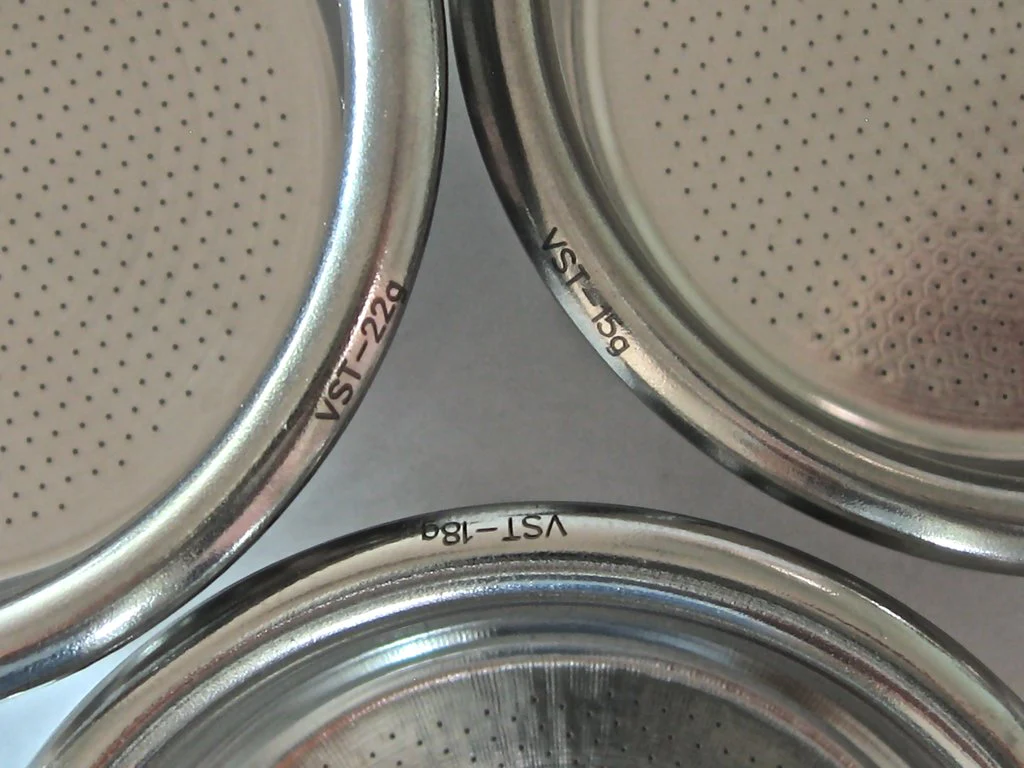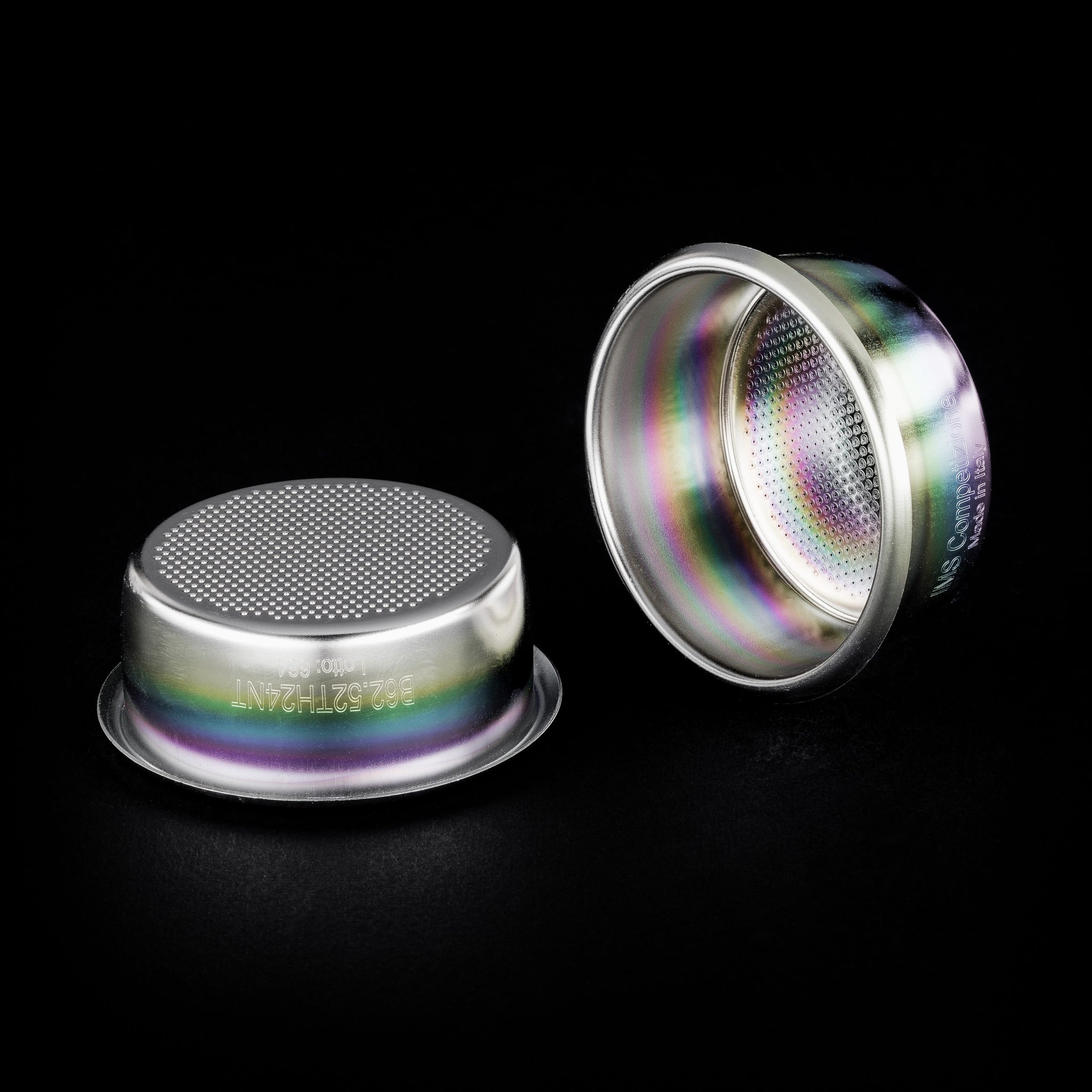Introduction to Home Coffee Brewing
Photo by @lukeporter
Waking up, groggy, craving that perfect cup of coffee—except instead of overpaying at your local café.
You’re brewing a better cup right at home, exactly the way you like it.
No lines, no barista mistakes, just you mastering every aspect of your brew.
In the next few minutes, you’re going to learn how to create café-quality coffee without the hassle or the price tag.
Whether you’re looking for bold, smooth, or something in between, this guide is your shortcut to coffee that tastes better than anything you’ve ever bought.
Ready to level up your coffee game? Let’s get brewing.
Why Brew Coffee at Home?
First, let’s talk about why brewing at home is the way to go.
Sure, café coffee can be great, but it’s not always convenient—or cheap. When you brew at home, you’re in charge.
Like your coffee strong enough to wake the dead? You got it.
Prefer something smoother and more mellow? No problem.
Every cup can be customized exactly to your taste.
Not only does brewing at home allow for personalization, but it’s also a more cost-effective option.
A bag of quality beans can cost the same as a couple of fancy lattes, but it’ll last you much longer.
Plus, freshly brewed coffee tastes better.
You’ll notice a world of difference once you start grinding your own beans and brewing them fresh.
Lastly, brewing at home lets you make more sustainable choices.
Think reusable filters, less single-use plastics, and a lighter footprint overall.
Understanding the Basics of Coffee Brewing
Before we delve into brewing methods, let’s touch on a few fundamentals.
These key factors can make or break your cup of coffee:
Coffee-to-Water Ratio: Getting this right is essential. A general rule is 1:15 to 1:18 (that’s 1 gram of coffee to 15–18 grams of water). Too much water can lead to weak coffee, while too little can make it bitter and overpowering. The perfect ratio is something you’ll fine-tune to your taste.
Grind Size: Grind size directly affects how your coffee extracts. Espresso? You’ll need a fine grind. French press? Coarse is the way to go. Each brewing method demands a different grind size, so it’s worth investing in a good grinder.
Water Temperature: For the best extraction, your water should be between 195°F and 205°F. If the water’s too hot, it can scald the coffee, making it bitter. Too cool, and you won’t extract enough flavor. A simple kitchen thermometer can help you get it right.
Brewing Time: Different methods call for different brew times. Espresso is quick—about 25-30 seconds—while a French press takes around 4 minutes. Experimenting with timing will help you fine-tune your perfect cup.
Essential Equipment for Home Brewing
Now that you understand the basics, let’s talk gear.
Having the right tools makes a world of difference when brewing at home.
Don’t worry, you don’t need to break the bank to get started.
Grinder: A good grinder is the backbone of great coffee. Burr grinders are highly recommended because they offer consistent grind size, which is key for even extraction. Blade grinders are cheaper, but they’re less consistent, and you’ll notice the difference in taste.
Scale: Weighing your coffee and water ensures accuracy. It’s easy to eyeball things, but if you want to elevate your coffee, a small kitchen scale is a must.
Kettle: A gooseneck kettle is ideal for pour-over methods, giving you more control over the flow of water. But a standard electric kettle works fine for French press or Aeropress.
Filters: The type of filter you use matters. Paper filters produce a clean, bright cup, while metal filters allow more oils and solids to pass through, giving you a richer, fuller-bodied brew.
Thermometer: Maintaining consistent water temperature is crucial. While you can guess and test, a simple thermometer can help you hit that sweet spot every time.
Overview of Popular Home Brewing Methods
Now for the fun part—brewing!
Here’s a breakdown of some popular methods you can try at home:
Drip Coffee Maker: This is the classic, no-fuss option. Just load in your coffee grounds, fill the reservoir with water, and hit a button. It’s perfect for beginners or anyone who wants coffee without much hassle.
French Press: Known for producing a bold, full-bodied cup, the French press is great for coffee lovers who enjoy a richer flavor. Just add coarsely ground coffee, hot water, let it steep for about four minutes, and press down the plunger.
Pour-Over (e.g., Chemex, Hario V60): Pour-over brewing is all about precision and control. You manually pour water over the coffee grounds, allowing you to fine-tune every aspect of extraction. It brings out subtle flavors and produces a clean, crisp cup. Mastering the pour-over takes a bit of practice, but it’s worth it.
Aeropress: If you like versatility, the Aeropress is your go-to. It uses pressure and immersion to brew a cup that can range from espresso-like to a lighter, more filtered brew. Plus, it’s quick and portable, perfect for travel or brewing on the go.
Espresso Machine: For those serious about their coffee, investing in an espresso machine opens up a world of possibilities. From rich, concentrated shots to cappuccinos and lattes, you can brew café-quality drinks at home. It takes practice to pull a great shot, but once you nail it, there’s no turning back.
Choosing Your Coffee Beans
Now let’s talk beans—because not all coffee is created equal.
Single-Origin vs. Blends: Single-origin beans come from one region and offer distinct flavor notes, while blends combine beans from different places for a more balanced profile. If you’re a beginner, start with blends, which tend to be more forgiving.
Roast Levels: Light roasts bring out brighter, fruity flavors, while medium roasts offer a more balanced profile, and dark roasts emphasize bold, smoky notes. Your choice of roast will depend on the type of coffee you enjoy.
Freshness Matters: Coffee is best within two weeks of roasting, which is why buying whole beans and grinding them fresh is crucial. Pre-ground coffee goes stale quickly, losing its depth of flavor.
Where to Buy: Local roasters, specialty shops, and online subscriptions are great options for sourcing high-quality beans. The fresher, the better!
Troubleshooting Common Brewing Issues
Everyone runs into brewing hiccups now and then.
Here are a few common problems and how to fix them:
Weak or Watery Coffee: You might need a finer grind or a better coffee-to-water ratio. Try adding a bit more coffee for a bolder flavor.
Bitter or Overly Strong Coffee: Over-extraction is usually the culprit here. Check your water temperature and brewing time, and possibly use a coarser grind.
Inconsistent Flavor: If your coffee tastes different from day to day, your grind size might be off, or your equipment might need cleaning. Regularly maintain your grinder and brewer for a consistent taste.
The Art of Experimentation
Once you’ve got the basics down, the real fun begins.
Experiment with different beans, methods, and techniques.
Try tweaking your grind size, adjusting the coffee-to-water ratio, or playing with brew times.
Don’t be afraid to fail—it’s all part of the learning process.
Keep notes on what you like and what doesn’t work, and soon you’ll be brewing coffee that’s exactly to your taste.
Final Thoughts
With just a few essential tools and a little practice, anyone can brew great coffee at home.
Start with one method, master it, and then explore new ways to brew.
The reward? Every cup you brew will be fresh, flavorful, and perfectly tailored to your preferences.
So why not start your coffee journey today and turn your kitchen into your own personal café?



